The Persian Pomegranate is globally celebrated not just as a fruit, but as a symbol of quality, history, and exceptional taste. With its glistening ruby-red arils and a flavor that perfectly balances sweetness and tartness, it has set the standard for pomegranates worldwide. For international importers seeking a premium product with a powerful story and high consumer demand, there is no substitute. This guide delves into the unique characteristics, leading varieties, and compelling business benefits of sourcing the renowned Persian Pomegranate, showing you how to bring this ancient treasure to your modern market.
Why is the Persian Pomegranate Considered the Global Benchmark for Quality?
The unparalleled reputation of the Persian Pomegranate stems from a unique combination of ideal geography and deep-rooted agricultural wisdom. The fruit’s vibrant color, complex flavor profile, and high juice content are direct results of its origin. This natural superiority provides importers with a product that consistently impresses customers and reinforces a brand’s commitment to quality.
The Perfect Climate for Unmatched Flavor
Iran’s climate, characterized by long, hot, and dry summers followed by cool autumns, creates the perfect conditions for pomegranate cultivation. The high amount of sunshine allows the fruit to develop its deep, iconic color and high sugar levels. At the same time, the cooler nights help to lock in the subtle tartness and complex aromatic compounds that define its taste. This climatic gift results in a perfectly balanced flavor that is difficult to replicate anywhere else in the world.
Generations of Cultivation Expertise
Pomegranate cultivation in Persia dates back thousands of years, creating an invaluable legacy of farming knowledge. Iranian growers have perfected techniques for managing water, nourishing the soil, and pruning trees to produce the best possible fruit. This expertise, passed down through generations, means that every Persian Pomegranate is a product of immense care and experience. This tradition of excellence ensures a consistent and high-quality yield that importers can rely on year after year.
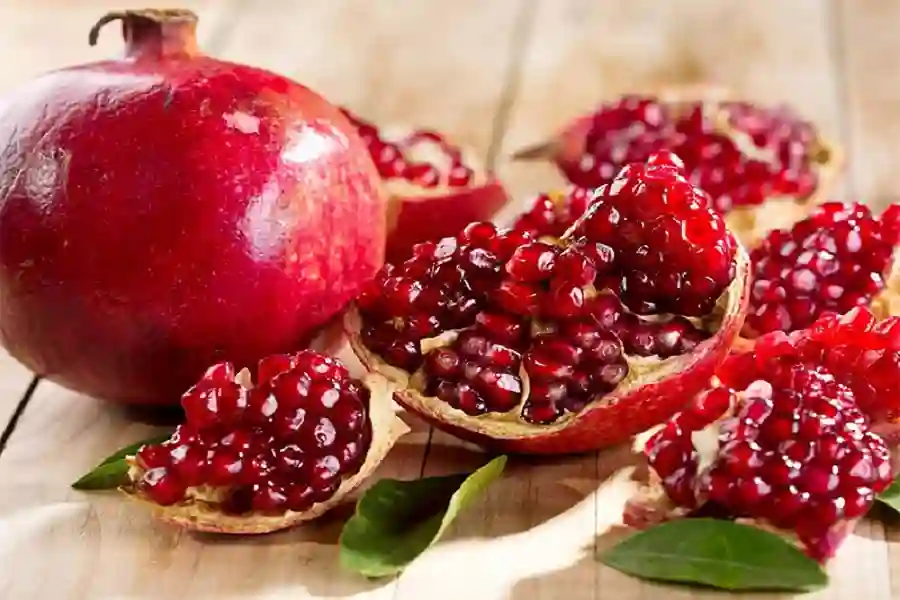
Discover the Most Sought-After Varieties of the Persian Pomegranate
While Iran cultivates hundreds of pomegranate varieties, a select few are famous in the export market for their superior taste, appearance, and shelf life. These varieties are the stars of the industry, each offering a unique experience for the consumer and specific advantages for the importer. Understanding these key types will help you select the perfect Persian Pomegranate for your target audience.
Malas-e Saveh: The Perfect Balance of Sweet and Tart
Often hailed as the king of pomegranates, the ‘Malas’ variety from the city of Saveh is famous worldwide. It is known for its large size, relatively thin, pale pinkish-yellow skin, and deep red arils. The flavor is exceptionally pleasant—predominantly sweet with a mild, refreshing tartness and very soft, almost unnoticeable seeds. This makes it ideal for eating fresh and is a top choice for premium markets where flavor and eating experience are paramount.
Rabab-e Neyriz: The Deep Red, Flavorful Choice
Originating from the Neyriz region in Fars province, the ‘Rabab’ variety is prized for its stunning appearance. It features a brilliant red peel and intensely colored, ruby-red arils. Its flavor profile leans more towards a rich tartness, making it a favorite for juicing and creating concentrates, syrups, and other value-added products. The vibrant color and robust taste of this Persian Pomegranate make it a highly desirable choice for the processing industry.
Other Notable Cultivars for Diverse Markets
Beyond the top two, other varieties offer excellent opportunities. The ‘Shishe-Kab’ is known for its bright red color and durable rind, making it excellent for long-distance transport. For businesses looking to offer a range of flavor profiles, exploring these different types of the Persian Pomegranate can provide a competitive edge and cater to a wider array of consumer preferences, from super-sweet to refreshingly sour.
The Famous Heartlands: Where the Finest Pomegranates Are Grown
The “terroir” of a Persian Pomegranate—the unique combination of soil, climate, and geography of where it is grown—plays a vital role in its final quality. Certain regions in Iran have become synonymous with pomegranate excellence, producing fruit that is consistently superior. For an importer, knowing these regions is key to sourcing the very best.
Saveh: The Undisputed Pomegranate Capital of the World
The city of Saveh, located in Markazi province, is globally recognized as the premier region for pomegranate cultivation. The specific microclimate and soil composition here are perfectly suited for growing the ‘Malas’ variety, resulting in a fruit with an unmatched taste. Sourcing a Persian Pomegranate from Saveh is a mark of authenticity and premium quality that resonates with knowledgeable consumers.
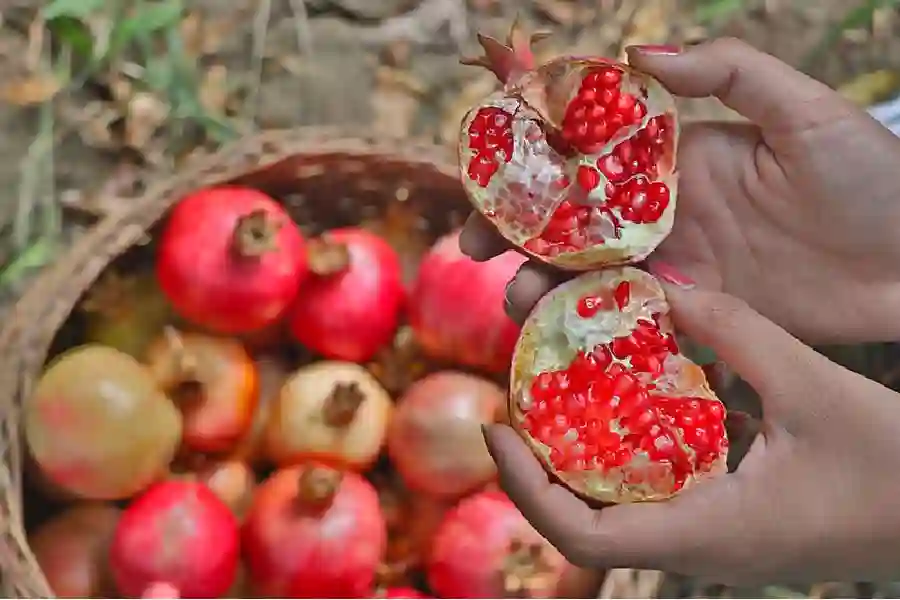
Fars and Yazd: Regions of Exceptional Quality
The provinces of Fars (especially the city of Neyriz) and Yazd are other major hubs for high-quality pomegranate production. These regions are known for producing pomegranates with deep red colors and robust flavors, often with a more pronounced tartness that is ideal for juicing. The vast orchards in these areas contribute significantly to Iran’s status as a top pomegranate exporter and offer a diverse range of quality options for buyers.
The Journey of a Persian Pomegranate: From Harvest to Your Warehouse
The exceptional quality nurtured in the orchard must be preserved at every step of the supply chain. The process of harvesting, sorting, and packing a Persian Pomegranate is handled with meticulous care to ensure it reaches its international destination in perfect condition. This focus on post-harvest excellence is what makes Iranian exports reliable and sought-after.
The Art of Hand-Picking at Peak Ripeness
Pomegranates are not picked all at once. Instead, skilled workers harvest them by hand in multiple waves, selecting only the fruits that have reached their peak ripeness, color, and size. Clippers are used to carefully snip the fruit from the branch, preventing damage to the crown and skin. This selective, gentle harvesting method is the first and most critical step in guaranteeing the quality of every Persian Pomegranate.
State-of-the-Art Sorting and Protective Packaging
After harvest, the pomegranates are transported to modern packing facilities where they are cleaned and sorted. The sorting process grades the fruit based on key attributes:
- Size: Uniform sizing for consistent packing
- Color: Ensuring a deep and even coloration
- Skin Quality: Checking for any blemishes or cracks. The sorted fruits are then packed into sturdy, ventilated cardboard boxes, often with each pomegranate placed in a protective sleeve to prevent bruising. This ensures the Persian Pomegranate arrives ready for display
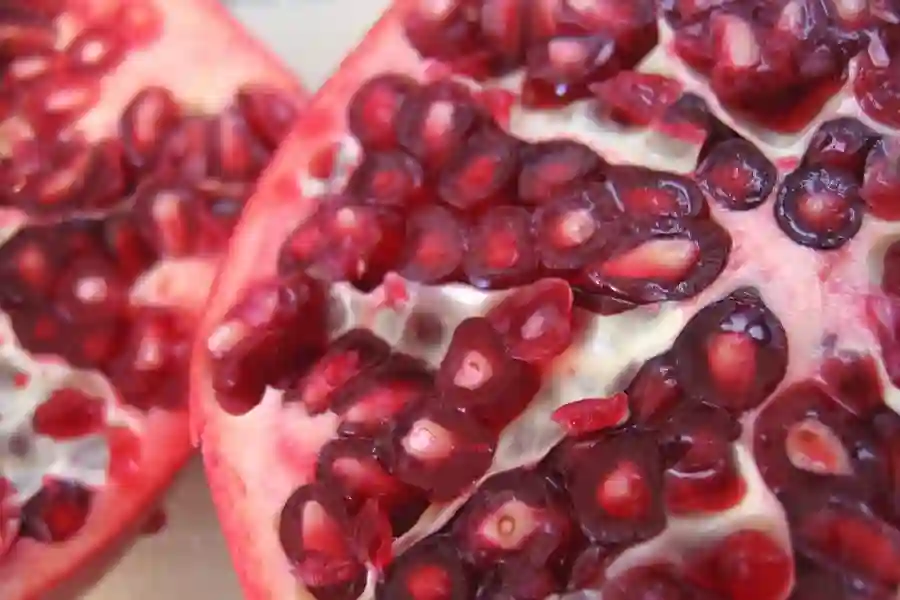
The Strategic Advantage of Importing the Persian Pomegranate
Choosing to add the Persian Pomegranate to your product line is more than just a purchase; it’s a strategic business decision. This iconic fruit offers a unique set of advantages that can elevate your brand, attract discerning customers, and open new revenue streams. Its global reputation for excellence provides a powerful marketing tool right from the start.
Offering a Premium Product with High Market Demand
The Persian Pomegranate is a premium product that consumers are often willing to pay more for. Its association with health, luxury, and authentic origin gives it a strong market position. As a “superfood” packed with antioxidants, it aligns perfectly with modern consumer trends toward healthy eating. By offering this fruit, you position your business as a supplier of high-quality, in-demand produce.
Versatility in Use: From Fresh Fruit to High-Value Products
The applications for the Persian Pomegranate are incredibly diverse, creating multiple business opportunities. It is a top-seller as a fresh fruit, but it is also in high demand for processing. Our export capabilities extend to these valuable forms:
- Fresh Arils: Convenient, ready-to-eat packages
- Juice and Concentrate: For the beverage industry
- Molasses and Sauces: For culinary uses. This versatility allows importers to serve a wide range of industries, from retail and food service to manufacturing
Your Direct Source for Wholesale Persian Pomegranate: Tehran Offers
From its ancient origins to its modern-day status as a global superfood, the Persian Pomegranate represents the pinnacle of quality. Its unmatched flavor, stunning appearance, and market prestige make it a must-have for any serious fruit importer. At Tehran Offers, we are your direct, reliable partner in sourcing Persian Fresh Fruits. We ensure every shipment meets the highest standards of quality and is delivered with logistical precision. Elevate your offerings with the world’s finest pomegranate. Contact us today for a wholesale inquiry and let us connect you to the heart of Iran’s pomegranate legacy.
Frequently Asked Questions
What is the main export season for Persian Pomegranates?
The season begins in early autumn, typically from October to January. This is the best time to source the freshest pomegranates directly after the harvest.
What makes the ‘Malas-e Saveh’ variety so special?
It is prized for its exceptionally sweet flavor, mild tartness, and very soft seeds, making it the most popular variety for eating fresh and a true delicacy.
Can you supply both whole pomegranates and fresh arils?
Yes, Tehran Offers can export both whole fruits and conveniently packaged fresh arils, catering to the needs of both retail and food service industries.

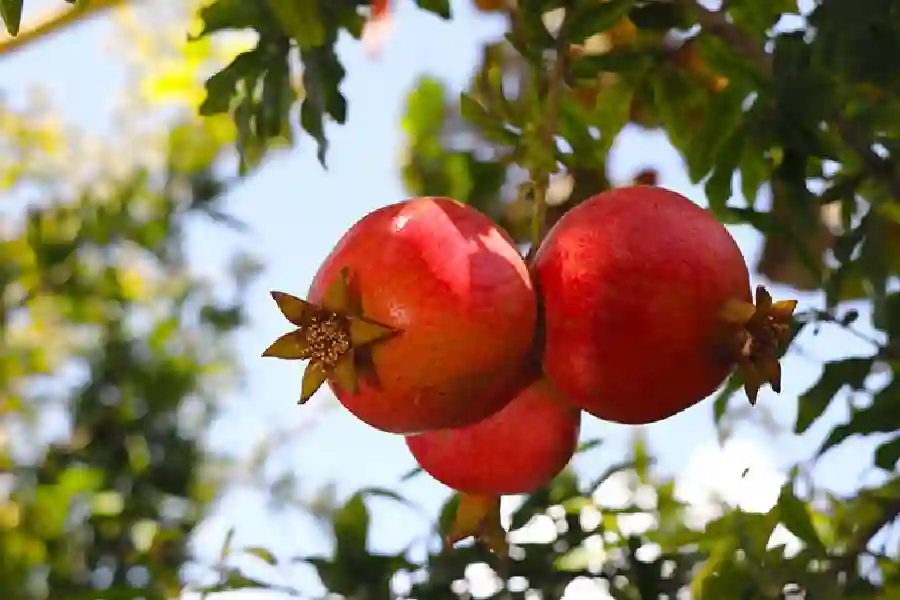
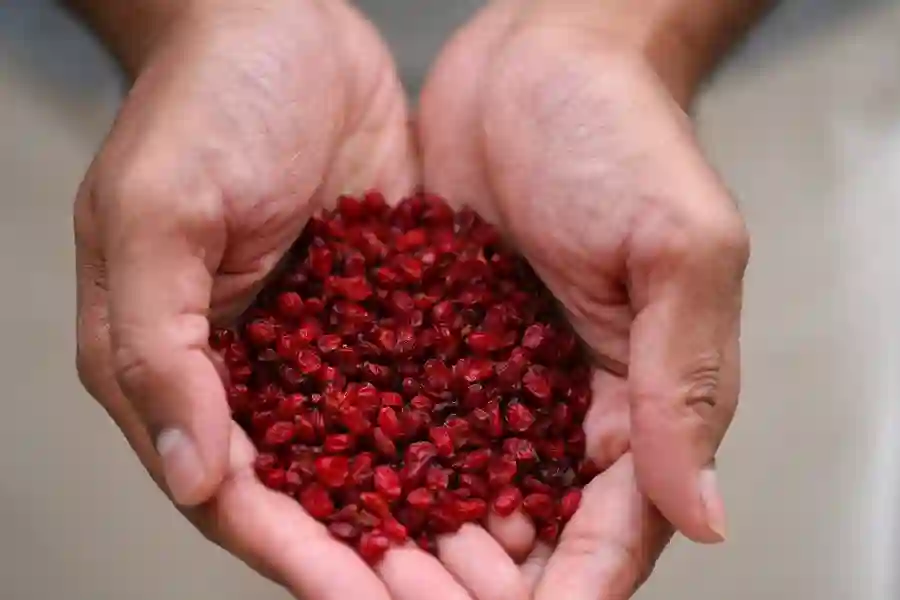

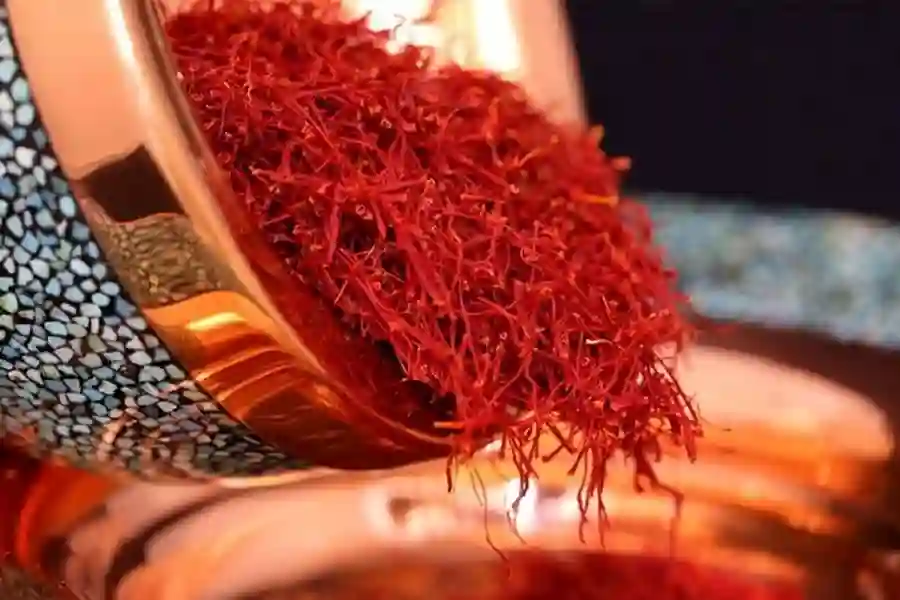









Join The Discussion